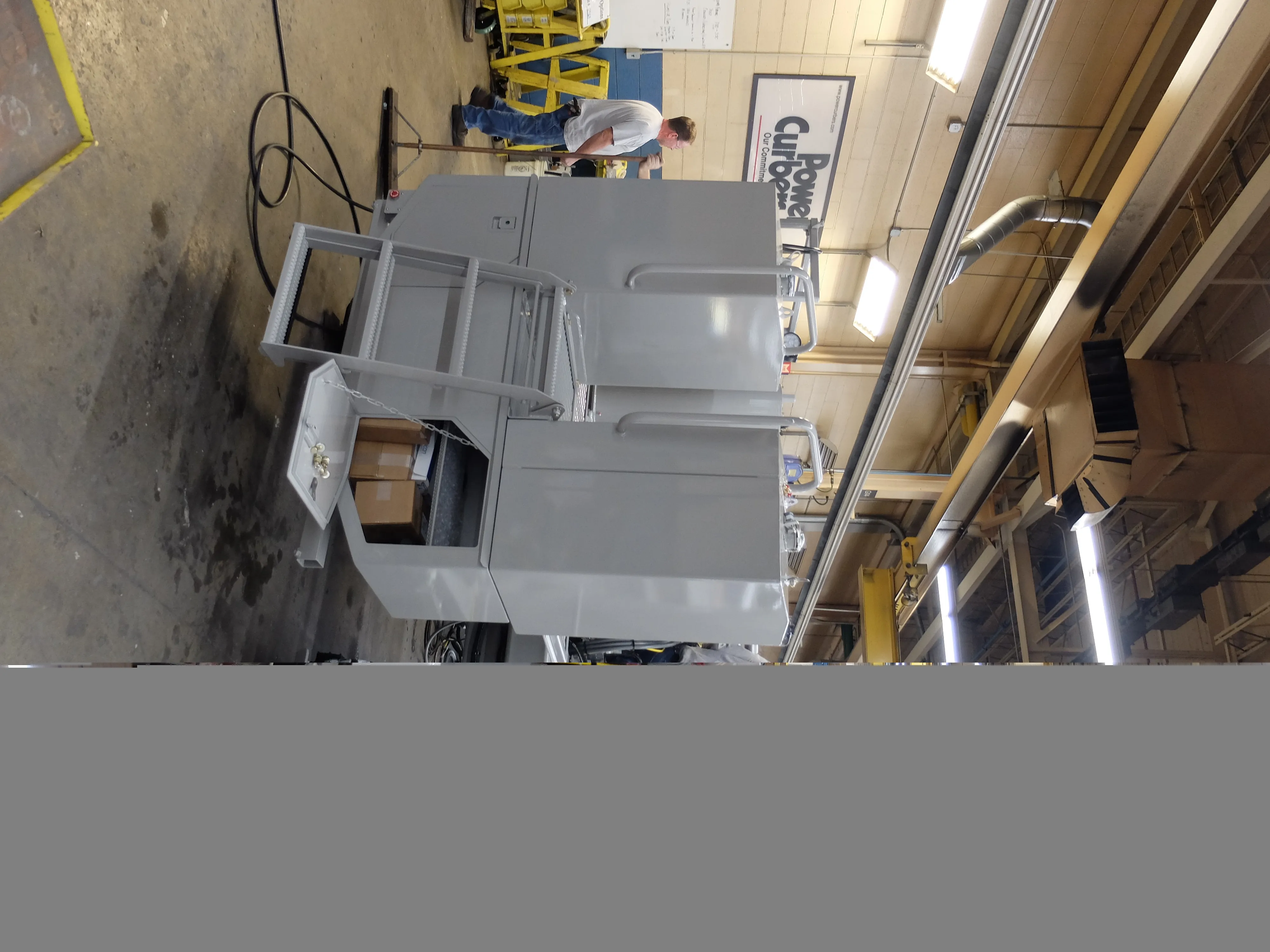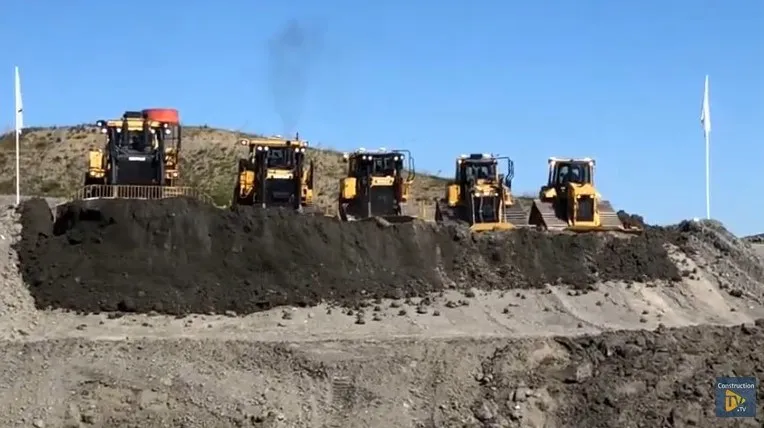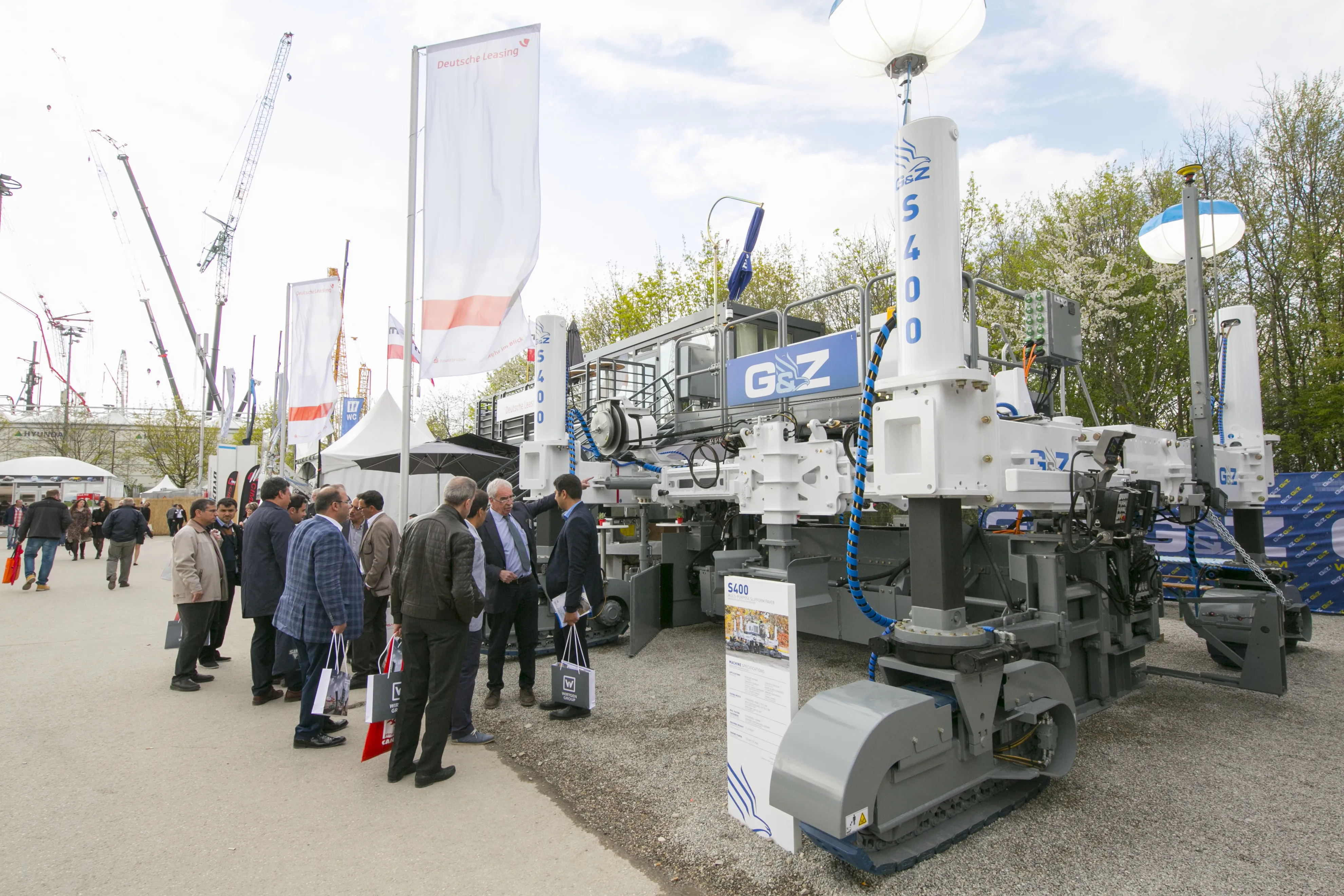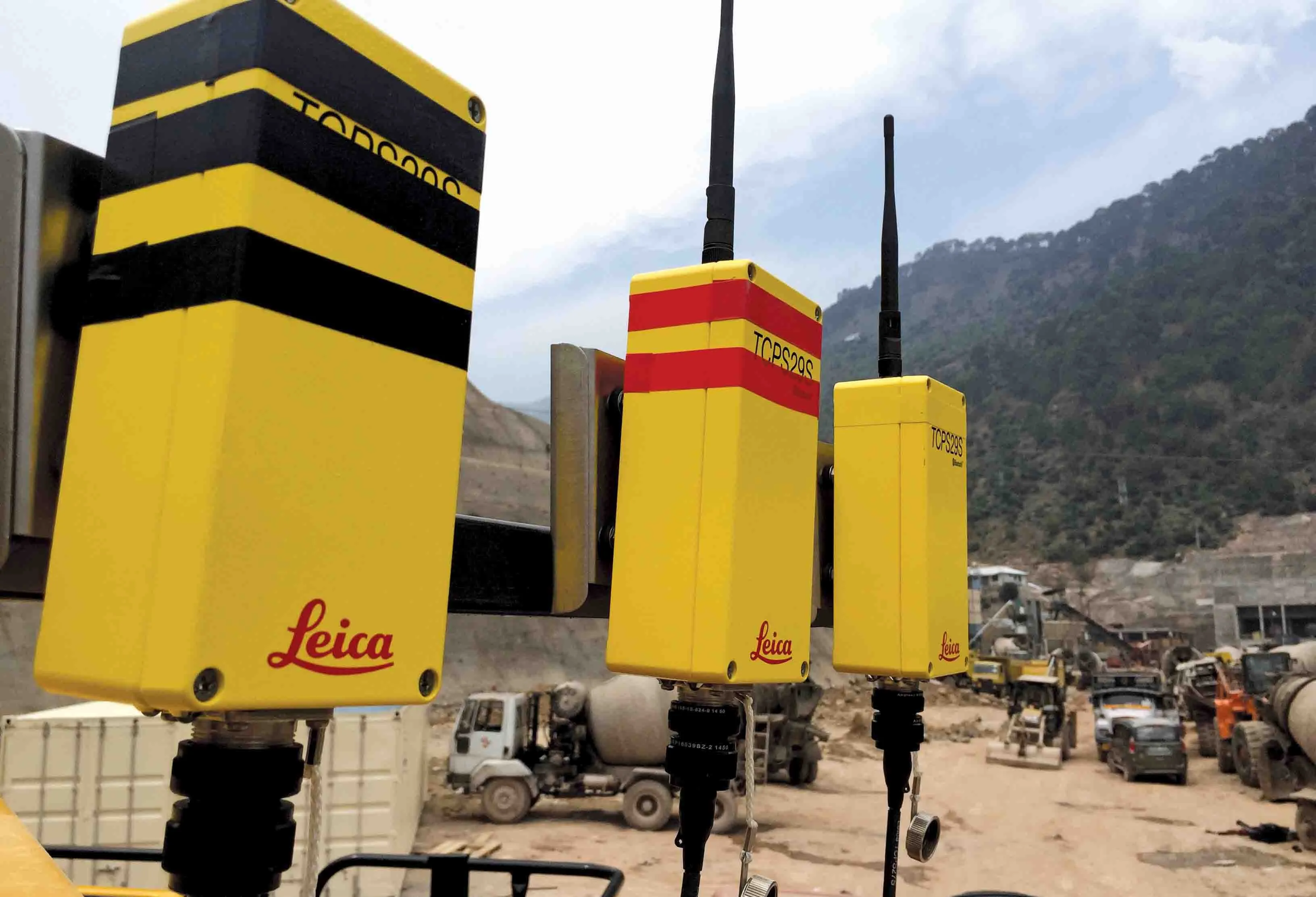
Both
India presents a very healthy market for concrete paving due to its massive programme for highway development. The current administration in India is very favourable to building roads with concrete and is keen to increase the percentage of major routes using this construction method. Bullock commented, “We have been the beneficiary of that without a doubt.”
Bullock added that Asia in general offers interesting potential for concrete paving, with Indonesia in particular providing major prospects due to its own tolled highway expansion programme. He said that not all Asian customers want two track pavers however, with developed countries such as Japan, South Korea and Singapore favouring the extra versatility of four track machines. As a result the new four track machine from Power Pavers is a very significant development as it allows the firm to address markets it has not been in before.
Meanwhile in the US, slipforming contractors are steadily changing the way they work and embracing stringless technology. The larger companies carrying out highway or runway paving already use stringless systems on many or even most projects. But the smaller specialist firms handling barrier wall or kerb and gutter jobs are also employing this technology for more contracts.
Bullock explained that the number of Power Curbers’ customers using stringless technology remains comparatively small. But he added that the firm is giving quotes on machines being stringless ready for around 50% of orders.
The benefits of using the technology for consistency and quality are widely known. The stringless technology has come down in price and the systems are more affordable these days, which has boosted take-up amongst smaller slipforming contractors. However Bullock commented that the increased demand is often for other reasons, “It’s not so much about the lower cost. It’s more about labour. Contractors say they can’t find people to bang stakes in.”
He said that Power Curbers has had extensive customer feedback about these systems. In addition to addressing labour shortages, stringless systems have other benefits and he said, “It does clean up the site because there are no stakes and it opens up the job for everyone else.”
The improved precision is still a plus and he said, “We’re finding contractors are more accurate because there’s no human error in measurement. For kerbing, the advantage is accuracy, not flatness.”
But he cautioned, “It’s not perfect. You do hear of contractors losing their signal up against a building and heavy tree cover can affect GPS.”
And he said that using these systems means finding someone with the necessary skills, “For a smaller contractor it does require them to have someone on staff to take that design file.”
Bullock said that when the firm’s customers use the traditional approach, they not only set the stringline but have the expertise to make it work. And he cautioned, “If the design model is wrong, who owns that 200 feet of kerbing that is in the wrong place?”
He said that this is why contractors need a staff member with the necessary surveying skills to validate the design model and ensure that the stakeless operation runs without hitches. “They go out with a rover and check all the points to make sure.”
There are labour savings to be made from not needing a team of four to set out stringlines over a day and a half. However, Bullock said that going for the stringless option requires a firm to have a more skilled person on staff, who will be at a higher pay grade.









